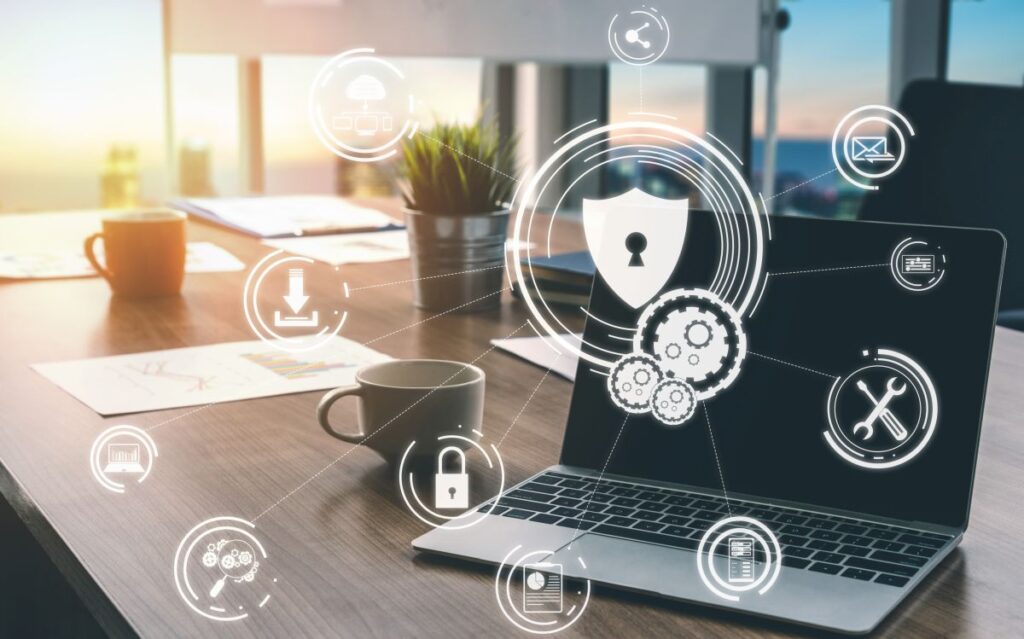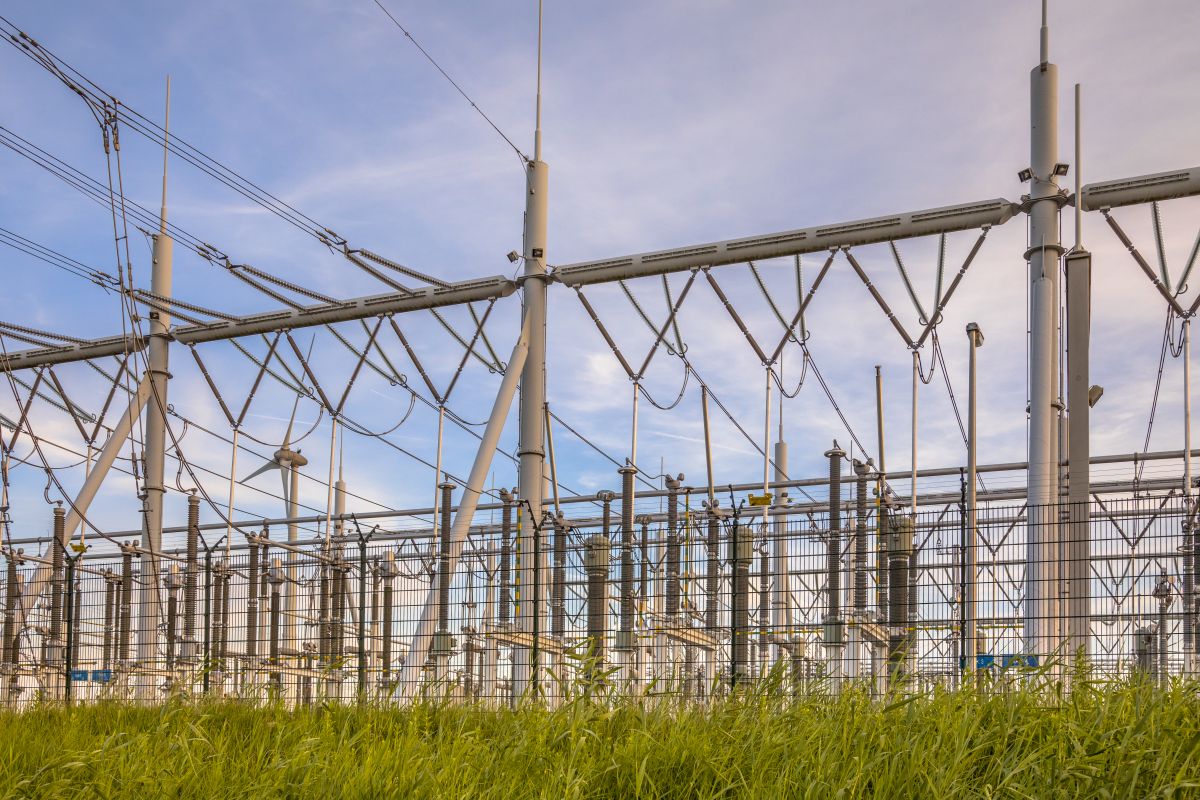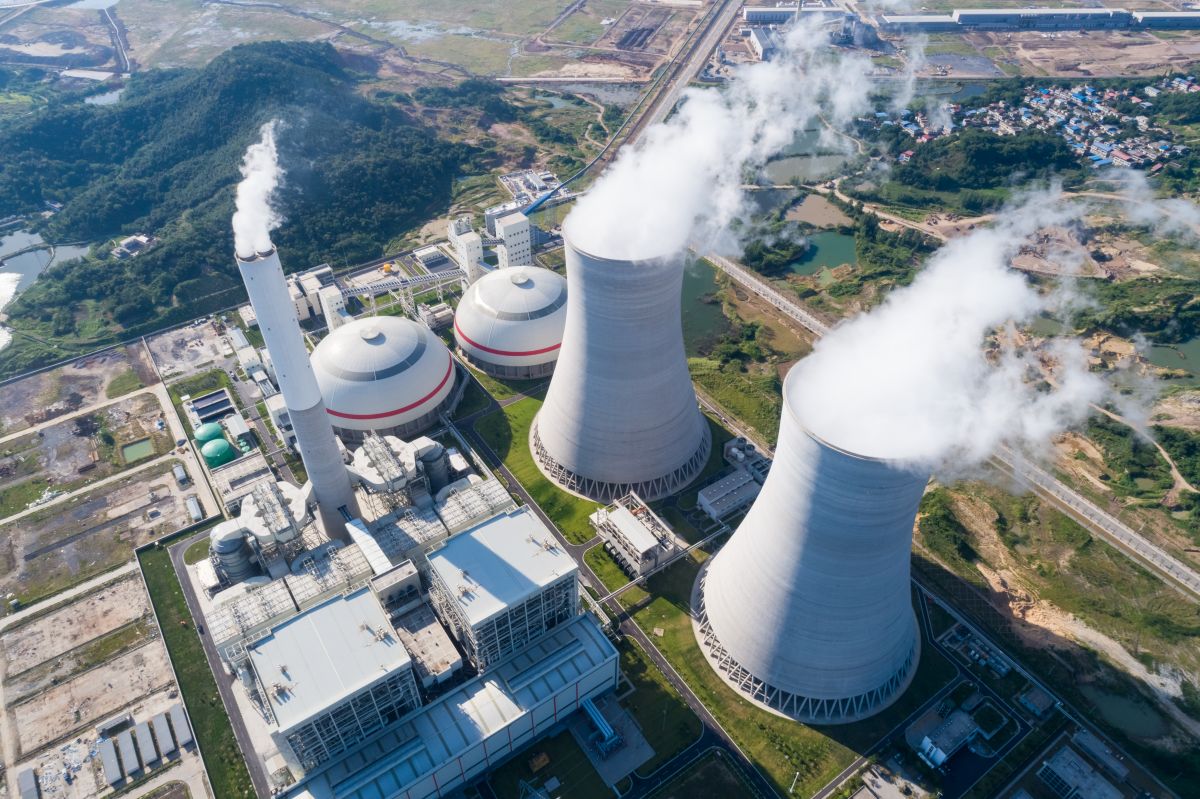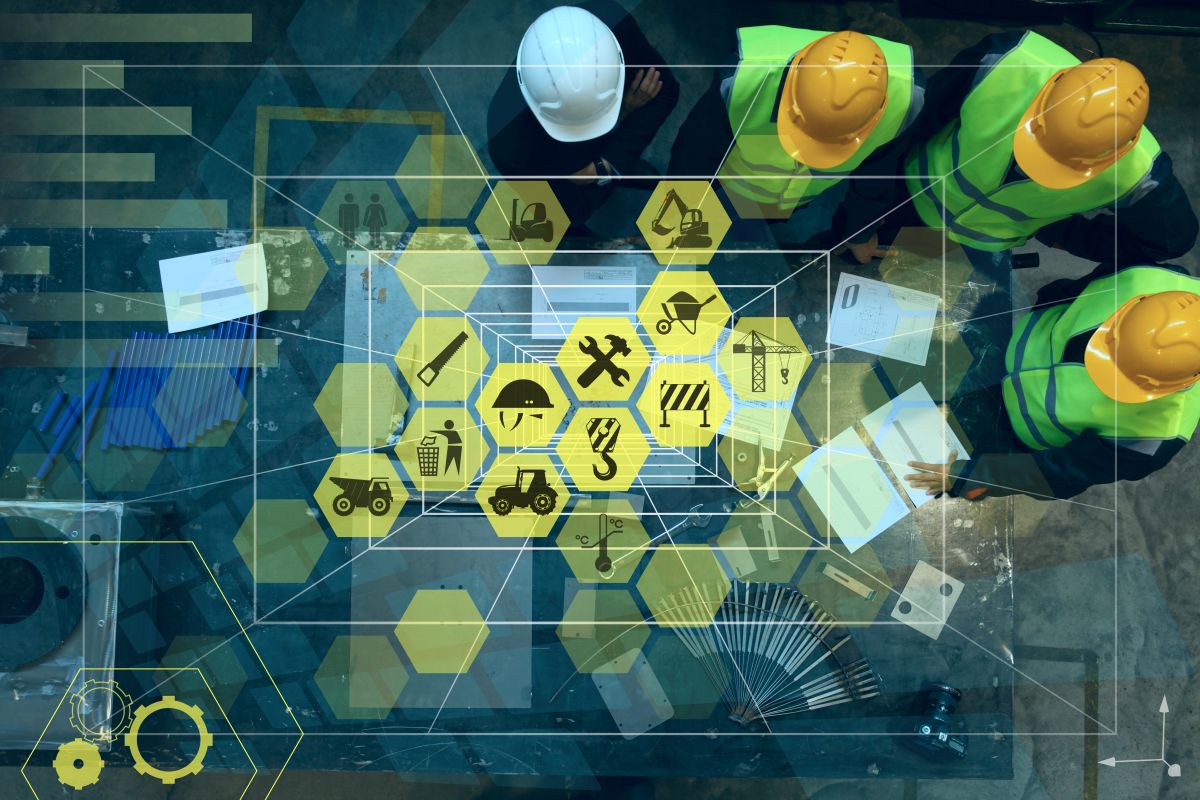The energy sector has become a critical target for cyber threats as the world increasingly relies on interconnected technologies to manage energy production, distribution, and consumption. With the rise of smart grids, Internet of Things (IoT) devices, and digital infrastructure, the potential attack surfaces for cybercriminals have expanded dramatically. Ensuring cybersecurity compliance in the energy sector is not only about protecting sensitive data but also about safeguarding critical infrastructure that millions of people depend on. This comprehensive roadmap for 2024 outlines the essential cybersecurity measures that energy companies must adopt to reduce risks from non-compliance and protect their assets against evolving cyber threats.
Strengthening Network Security for Cyber Defense
Network security forms the backbone of any cybersecurity strategy, especially in the energy sector, where complex and interconnected systems are the norm. To fortify network security, energy companies must implement robust firewalls, Intrusion Detection Systems (IDS), and Intrusion Prevention Systems (IPS). These tools are critical in monitoring and controlling incoming and outgoing network traffic based on predetermined security rules. They help detect and prevent unauthorized access, identifying and mitigating malicious activities promptly. Cybersecurity in the energy sector hinges on these foundational elements to create a secure and resilient network infrastructure.
Another key aspect of network security is the use of encryption protocols. Data in transit must be encrypted using secure protocols such as Transport Layer Security (TLS) to prevent interception by malicious actors. Recognizing the importance of cybersecurity in safeguarding data, these encryption measures are crucial to maintaining the confidentiality and integrity of sensitive information. Additionally, energy companies should ensure that all remote access connections are secured using Virtual Private Networks (VPNs) and Multi-factor Authentication (MFA). These measures protect data integrity and enhance the security posture of the network.
Implementing Comprehensive Endpoint Security
Endpoints, such as workstations, servers, and mobile devices, are often the first line of defense against cyber threats. Endpoint security becomes even more crucial in the energy sector, where employees frequently access critical systems and data remotely. To ensure robust endpoint protection, energy companies must deploy advanced antivirus and anti-malware solutions that can detect and respond to threats in real-time. These solutions should be complemented by Endpoint Detection and Response (EDR) tools that provide continuous monitoring and analysis of endpoint activities.
A crucial component of endpoint security is ensuring that all devices are up-to-date with the latest security patches and software updates. Unpatched vulnerabilities are a common entry point for cybercriminals, and timely updates can significantly reduce the risk of exploitation. Implementing a centralized patch management system can help automate and streamline this process, ensuring that no device is left unprotected.
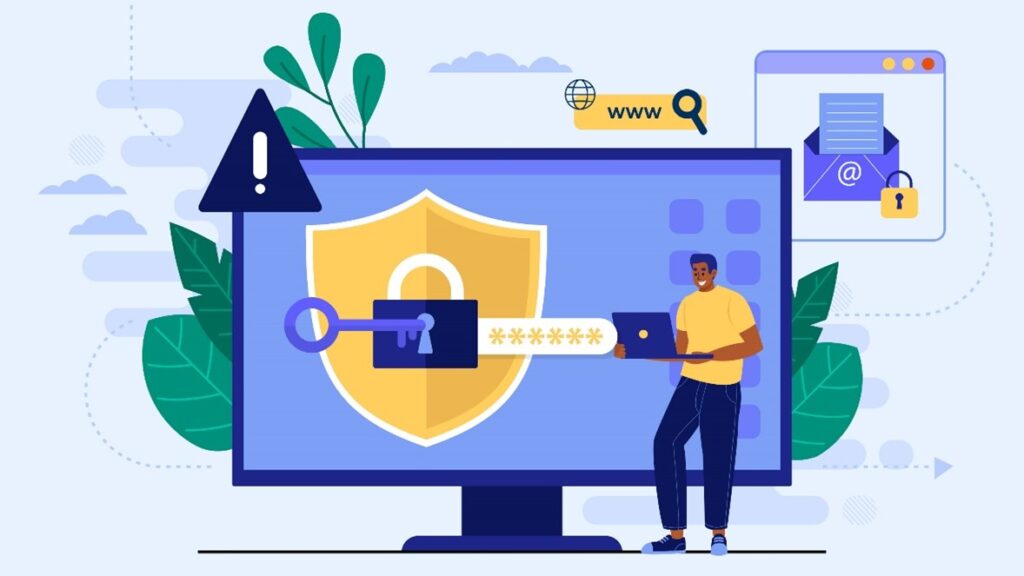
Enhancing Operational Technology (OT) Security
Operational Technology (OT) systems, which control industrial processes and critical infrastructure, are increasingly targeted by cyber attackers. Unlike traditional IT systems, OT systems often have unique security requirements and constraints, making their protection a complex challenge. Understanding why OT security is important is crucial because these systems are the backbone of critical infrastructure that society relies on daily.
To enhance OT security, energy companies must adopt a holistic approach that bridges the gap between IT and OT environments. Learning how to implement network segmentation within the OT environment is essential to limit the potential impact of cyberattacks. By isolating critical OT systems from less critical ones and from the IT network, companies can prevent the spread of malware and other threats.
Building a Cybersecurity Culture
Technology alone is not sufficient to ensure cybersecurity; human factors play a significant role in the overall security posture of an organization. Building a cybersecurity culture within the energy sector involves training employees and raising awareness about cyber threats and best practices. This cultural shift is crucial for reducing the risk of human error, which is often a key factor in successful cyberattacks.
Cybersecurity in the energy sector can be significantly improved by fostering an environment where employees understand their roles in ensuring critical infrastructure protection. This is why comprehensive cybersecurity training programs should be developed and delivered to all employees, from executives to frontline workers. These programs should cover topics such as recognizing phishing emails, safe browsing practices, and the importance of strong passwords. Regular training sessions and refresher courses can help reinforce these concepts and keep employees informed about the latest cyber threats. Additionally, utilities connected to the Bulk Electric System (BES) must ensure their cybersecurity plan meets the North American Electric Reliability Corporation’s CIP standards.
Conclusion
The importance of robust cybersecurity measures cannot be overstated as the energy sector continues to evolve and embrace digital transformation. Protecting critical infrastructure and ensuring compliance with regulatory standards requires a comprehensive and proactive approach. By strengthening network security, implementing comprehensive endpoint protection, enhancing OT security, and fostering a cybersecurity culture, energy companies can effectively mitigate cyber risks and safeguard their operations. Cybersecurity in the energy sector is a dynamic and ongoing challenge, requiring constant vigilance and adaptation to protect against evolving threats.
Disclaimer: Any opinions expressed in this blog do not necessarily reflect the opinions of Certrec. This content is meant for informational purposes only.


